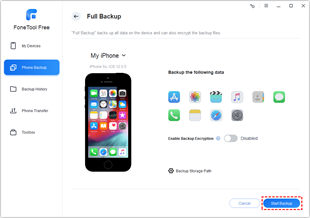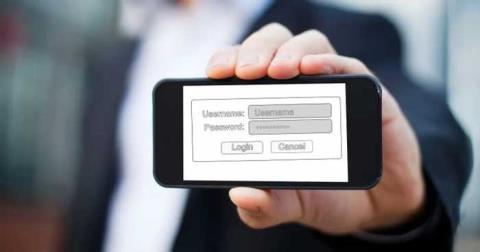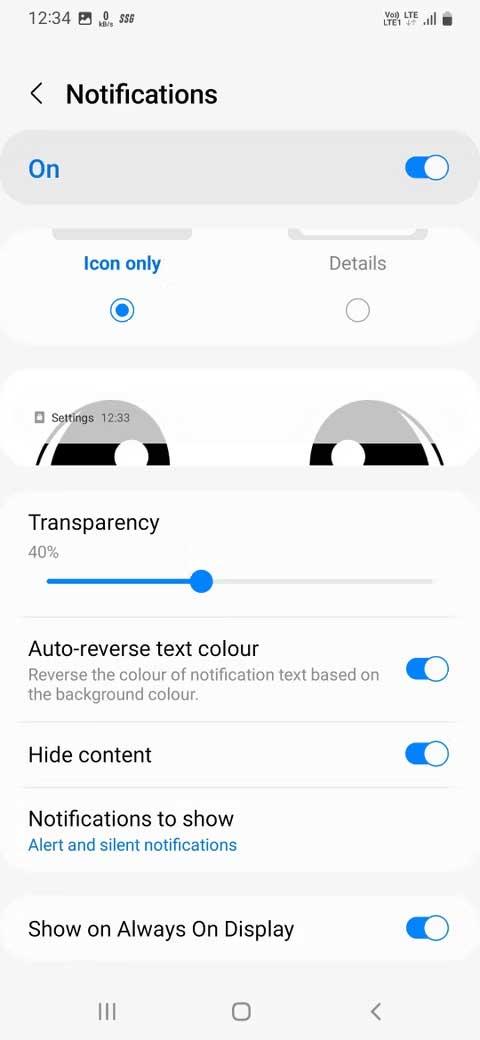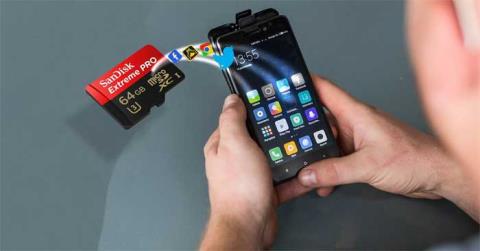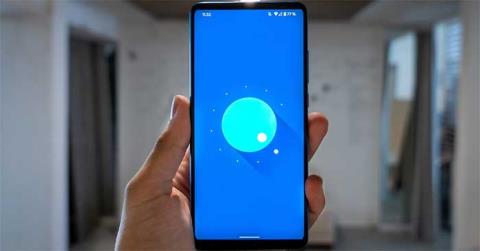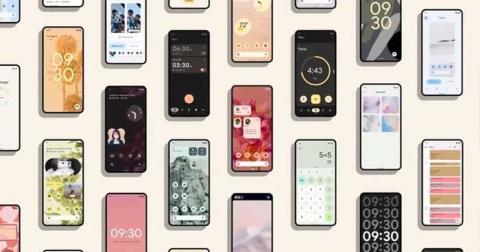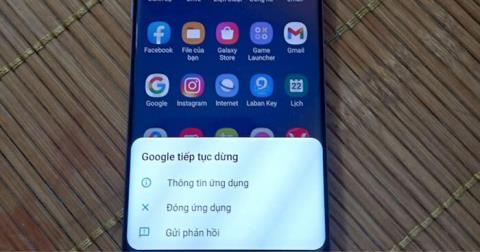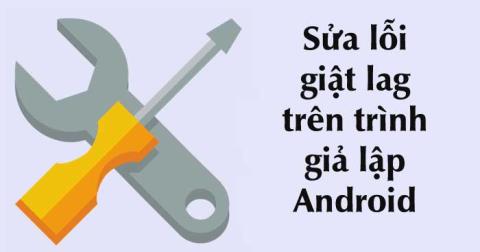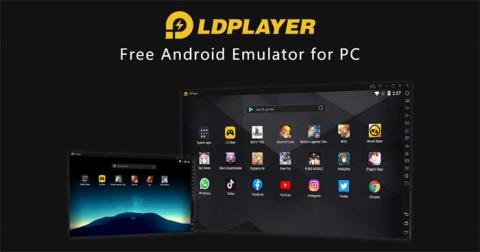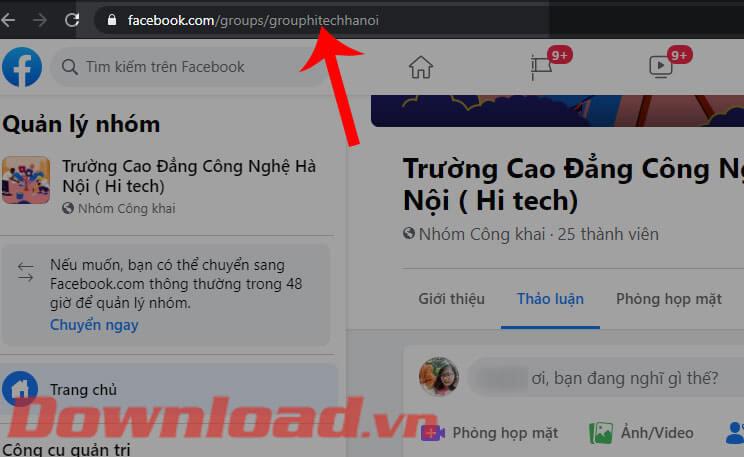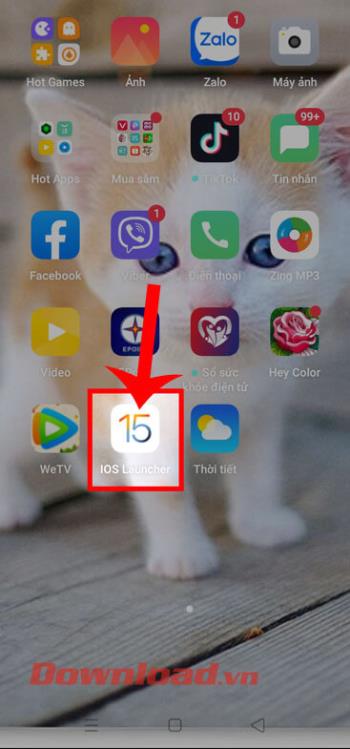Got an old iPod in a drawer? Don’t throw it away! An entire industry has arisen devoted entirely to bringing old iPods back from the dead. I’ve done the upgrade myself, and although it requires no soldering, it does hold a few traps for the unwary – and that’s why I’ve put together a walkthrough to take you through the whole process.
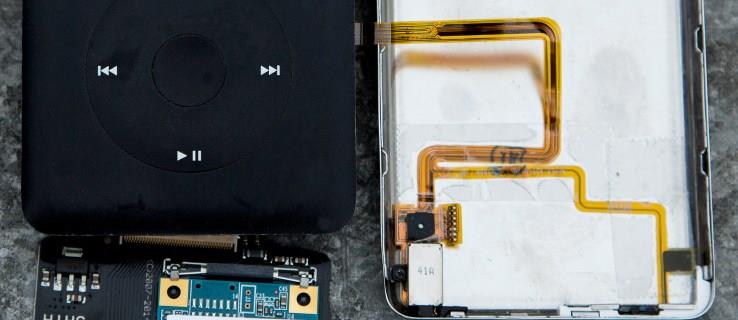
Why revive an iPod?
See related
AKG N90Q hands-on: High-end headphones with old-school charm
Apple quietly kills off the iPod Classic
But wait! What is the point in digging up some crusty, fat old fossil when you have Apple Music, Spotify, a modern smartphone or an iPod touch? The answer is perfectly straightforward – it’s all about storage capacity. The iPod Classic became an enduring icon largely because it contained a compact, 1.8in 160GB HDD – that was something like two-and-a-half times more capacious than its closest competitor, and ten times the storage of an iPhone from the same era. It turns out that there are people out there who will use that space – and plenty more who complain about it not being quite enough.
“You can now upgrade that old iPod with anything up to a 1TB mSATA SSD.”
Sadly, the demand for 1.8in drives was short-lived, and so 160GB became the hard limit for an iPod Classic. Until now, that is. Enterprising souls have created third-party add-in boards which make it possible to replace the spinning disks of yore with various types of flash storage, and that means one thing: you can now upgrade that fusty old iPod with anything up to a 1TB mSATA SSD. That’s enough storage to house more than 3,000 hours of uncompressed 16-bit, 44.1kHz CD-quality audio
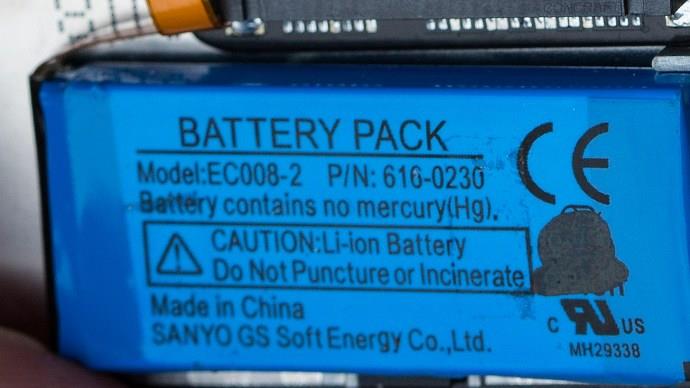
Storage isn’t the only hurdle, of course. One issue is that the batteries of a nine-year-old iPod are likely to be somewhat below their optimum capacity. The other is that the generations of iPod Classics capable of such upgrades are made from lumps of the cast, stamped metal. Opening these devices is not for the faint of heart.
Tools of the trade
Getting inside one of these things requires some unusual tools. There are tack-welded springs down the inner sides of the back cover. These either hold on tenaciously or break with a momentum-inducing SPANG, ripping out the delicate headphone-jack ribbon cables and flinging them to the far corner of your workroom. Using a screwdriver means that your back cover – which is of course already scratched and dented – bends out of shape wherever the screwdriver goes. The best way to apply the required force is with a wide, flat, thin, springy but strong object – a wallpaper scraper.
You’ll need a few other tools, and of course the required upgrade parts, but there’s no soldering required to complete the job, so long as your iPod is functioning (or suffers no greater affliction than a defunct hard drive).
First, here’s the shopping list:
ZIF converter board: There’s a rich variety of these. Be aware, though, that some are missold on the big auction/buying sites, with sloppy vendor descriptions written by people who haven’t actually tried the upgrade themselves. You can opt for boards that use CompactFlash (CF) or mSATA storage formats: CF has the advantage that most home users will have a card reader that will take the CF card straight away; mSATA has the rather different advantage of going up to a whole terabyte of storage. Bear in mind that you’ll need a small pile of boards and parts to make the mSATA drive usable from a Windows PC so that the vital last step of formatting the card to suit the iPod’s needs can be completed. I chose a Tarkan Akdam mSATA board, which fitted our seventh-generation iPod, was beautifully made and was compatible with all the mSATA SSDs I tried.
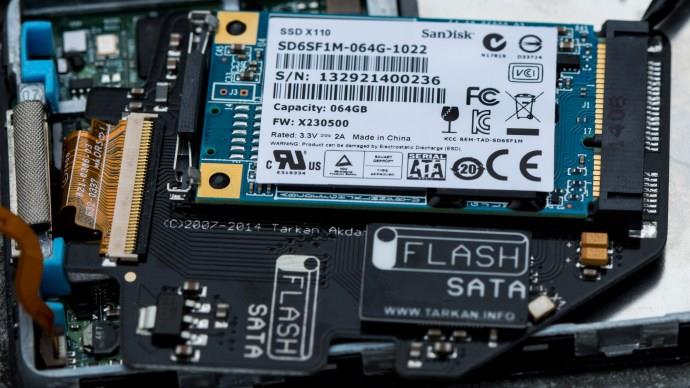
Replacement battery: This is an optional item; I found that our original battery was in good shape, especially given the much lower current draw inherent to the SSD. On the other hand, while the back is not clipped on, this will probably be your only chance to put in a new battery. The reason not to – which won out in the end for us – is that it’s impossible to gauge the quality of third-party replacement iPod batteries.
A PC: If you are a Mac-only person, then you’ll struggle to complete this job because one of the vital steps is to format your SSD as a FAT32 device. This isn’t a problem for small drives – but the whole point of the exercise is to upgrade the storage. To do this you have to either do a lot of very deep, very arcane research into the limits and disadvantages of FAT32 – or just take Tarkan’s advice and use the public domain extended format utility he recommends – which runs only on a PC. Of course you can get around that on a MacBook by running Windows in a virtual machine, but that may be more trouble than it’s worth.
An SSD: Sounds daft, but don’t forget that Tarkan and his competitors are selling only the adapter hardware, not the actual solid-state drive that goes in it. In my case, I used a relatively humble 64GB mSATA SSD. There’s a software limit in iTunes that can stop you using storage above 128GB with some iPods – but clearly, there are ways around that too: Tarkan has videos of his 1TB fifth-generation iPod working just fine.
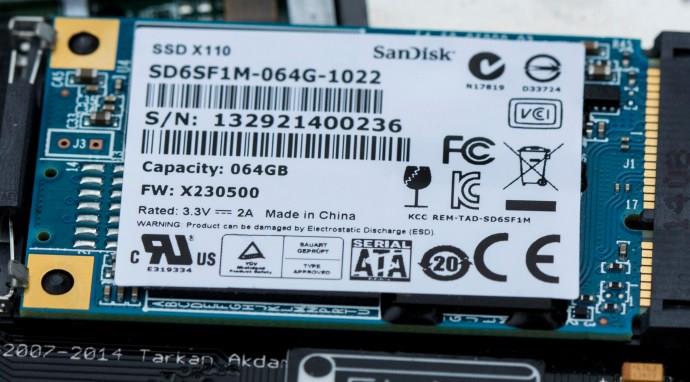
A very small screwdriver or pair of tweezers: This is for easing open the very small plastic clamps that secure the three ribbon cables you’ll need to detach – the drive cable, the backplate cable (for headphones and lock switch) and the battery cable.
Upgrading an iPod with an SSD: A step-by-step guide
1. Remove the back cover.
This is likely to be destructive, but only to the cover – even if you pull it off with some force, the ribbon connector that links it to the iPod motherboard will pull loose long before it causes any damage. The technique required is to push a sharp blade between the side joint of the front and back covers: look carefully at our finished case to see how the metal casting of the front is shaped underneath the steel stamping of the back – this is the best place to push your blade. DON’T try to carry on with the blade: you need a wide flat implement in there to lever the back away evenly. You can count on destroying the back in the process unless you’re remarkably lucky. Remember that there’s a short ribbon linking the back and front and that there are two fairly loose components (the battery and the hard drive) that will be moving about once the back is released.
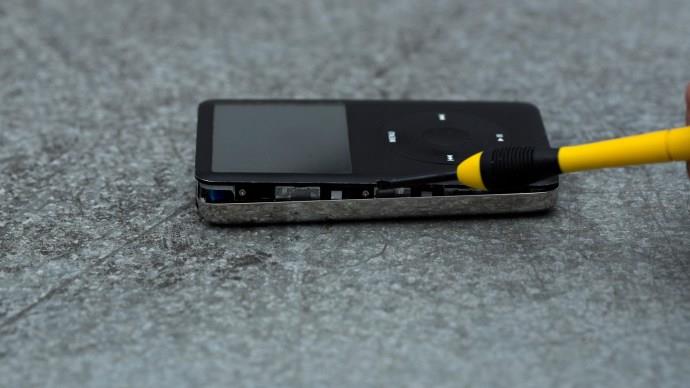
2. Remove the battery
Ease up the brownish plastic clamp on the battery cable connector and detach the battery. Many people forget that iPods are effectively powered on all the time: changing the storage subsystem is something you don’t want to do while the iPod is active.
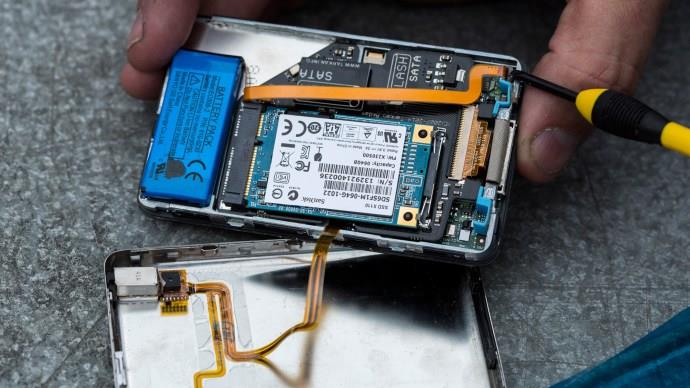
3. Remove the hard drive
Ease the ribbon cable away on the ZIF socket at the base of the hard drive. This slides parallel to the face of the iPod – don’t pull UP, but slide ALONG.
4. Format the SSD
Format your mSATA storage card as FAT32. Larger devices will need a known-working partition tool, such as the AOMEI Partition Assistant utility recommended by some vendors – note that this software is PC-only.
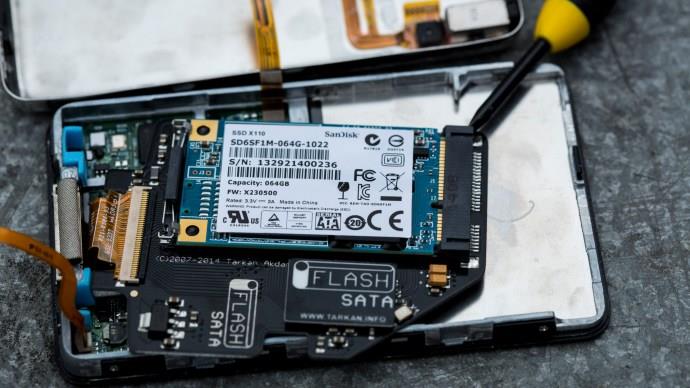
5. Install the SSD
Insert the formatted mSATA drive into the carrier board. Tarkan’s puts the mSATA drive on the outside and leaves the ribbon cable free of strain: if you are finding that the ribbon’s not long enough, then you’ve been missold an inappropriate board. Mine had little horn-shaped extensions on the PCB to provide a tunnel for the ribbon when everything’s installed.
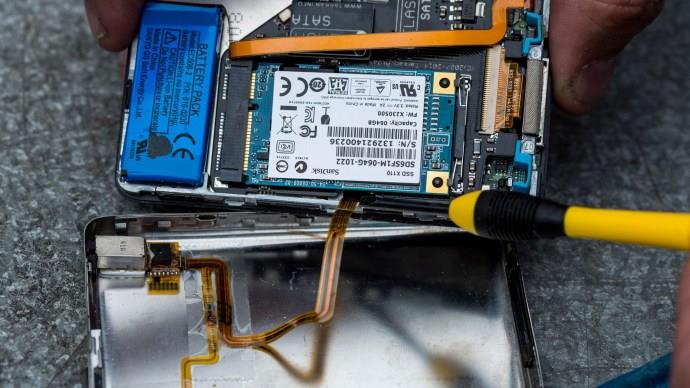
6. Put everything back together
Soft-assemble all the parts – reconnect the backplate cable, fold the mSATA board over and reconnect the battery. The iPod should wake up and warn you immediately that it needs help: this consists of connecting it to iTunes, which may take a couple of tries and an error message before reloading the iPod’s OS succeeds. This also requires the battery to be 100% charged before you start, since some of the operations on the SATA storage are a bit harsh on the iPod’s power consumption. Coming in and out of iTunes a few times and replugging the USB lead to the iPod may be necessary.
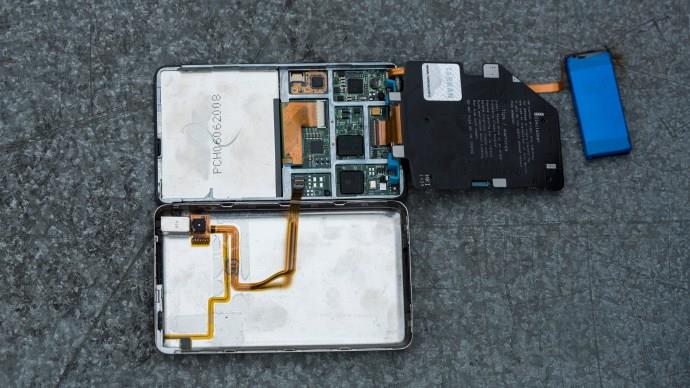
7. Fill your iPod with music
Reload your music! Try playing a few tracks before you take the effectively irrevocable step of closing up the back of the casing so that you can be sure the headphone cable and port on your shiny new back are all functional.
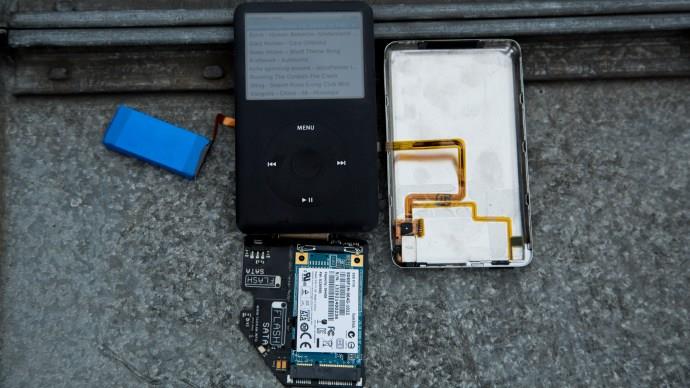
And that’s it!
You’re now the owner of a gloriously retro iPod with a fantastically modern amount of storage space. Now all that’s left is to find 3,000 hours worth of lossless, high-quality music to actually copy onto it.












